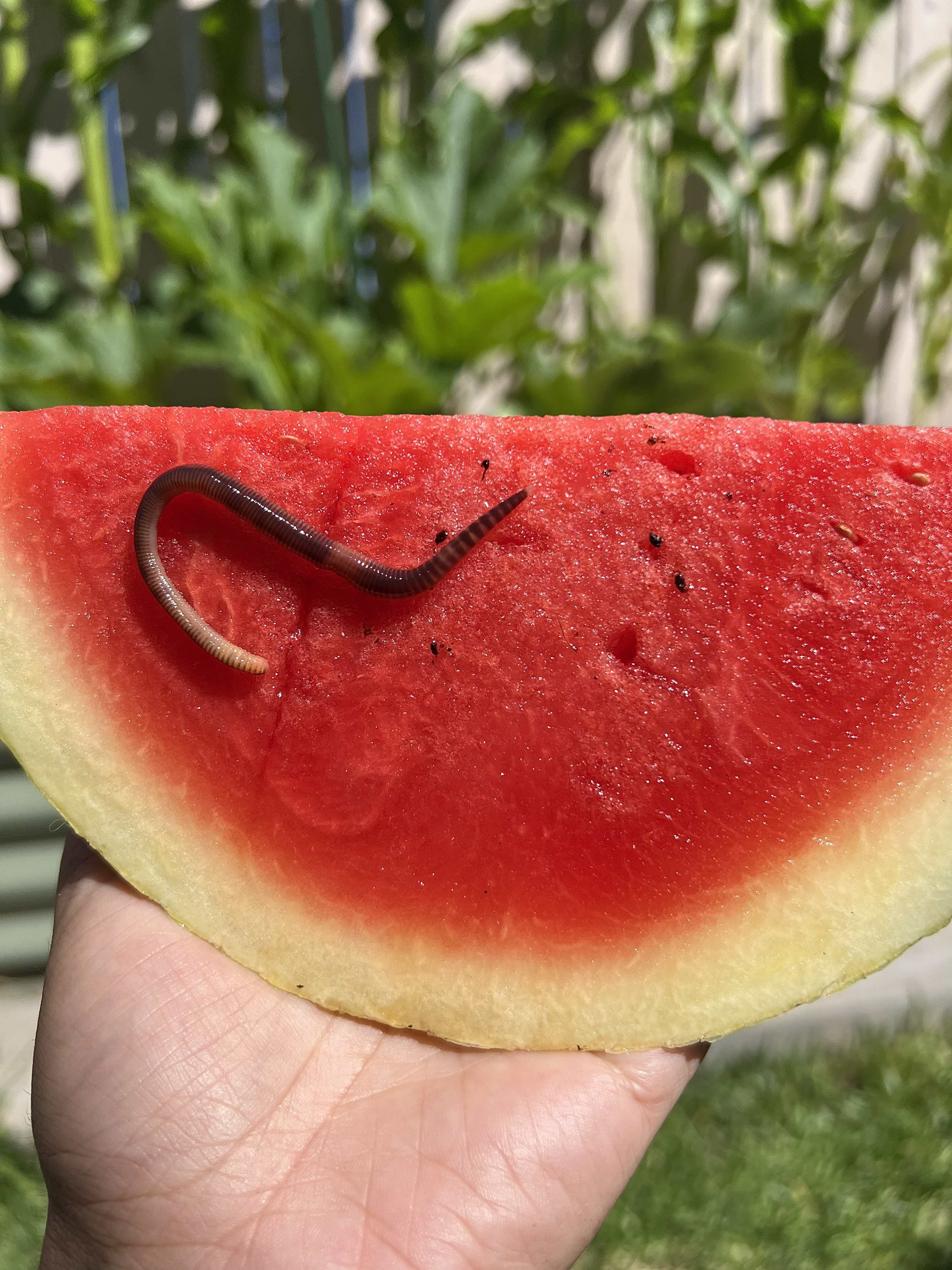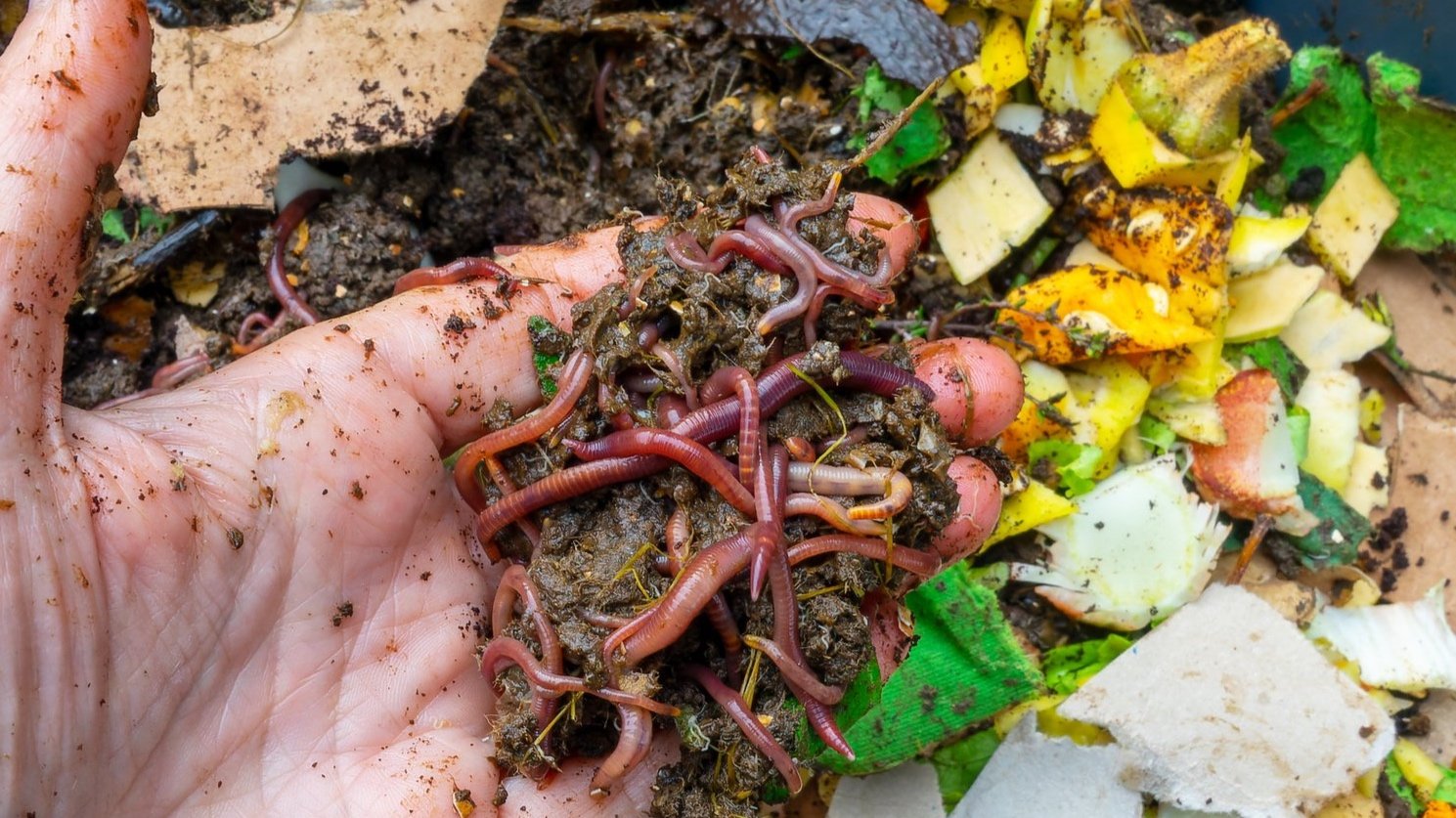Unlock the Advantages of Red Wiggler Composting for Your Organic Garden
Unlock the Advantages of Red Wiggler Composting for Your Organic Garden
Blog Article
Exploring the Systems of Red Wiggler Composting: A Comprehensive Guide to the Process and Its Positive Influence On Sustainable Gardening Practices
The complex devices of red wiggler composting, making use of the unique physiology of Eisenia fetida, present a compelling method for enhancing lasting gardening practices. As city horticulture gains grip, recognizing the subtleties of this composting method becomes progressively appropriate.
Understanding Red Wigglers
Red wigglers, scientifically understood as Eisenia fetida, are a types of earthworm extremely concerned for their performance in composting natural waste. These worms flourish in nutrient-rich atmospheres, specifically in decaying organic issue, making them excellent for vermicomposting systems - Red Wiggler Composting. Characterized by their reddish-brown pigmentation and fractional bodies, red wigglers are smaller than usual earthworms, typically determining in between three to four inches in size
Their distinct physiological traits boost their composting capacities; for example, they possess a high reproductive rate, enabling populaces to multiply swiftly under suitable conditions. Red wigglers take in organic material, simplifying with their digestive system systems, which causes nutrient-rich spreadings that function as a superb organic fertilizer. Their starved appetite enables them to refine large quantities of food waste successfully, dramatically reducing garbage dump contributions.
Along with their composting prowess, red wigglers play an important duty in soil health. Red Wiggler Composting. They aerate the soil and facilitate the decay of natural matter, more enhancing the soil ecological community. Recognizing the attributes and eco-friendly benefits of red wigglers is necessary for anyone seeking to carry out lasting horticulture methods through efficient composting techniques
The Composting Refine
The composting process entails breaking down organic products right into nutrient-rich compost, a task that red wigglers stand out at due to their specialized digestive systems. These worms take in food scraps, backyard waste, and various other natural matter, transforming them into beneficial garden compost through a collection of biological and chemical processes.
At first, the organic matter is mixed with bed linens products such as shredded paper or dried out leaves, producing an optimal setting for the worms. As the red wigglers ingest this mixture, they damage it down via their digestive tract, where microorganisms further decay the product. This process generates warm, promoting microbial activity, which accelerates decomposition.

Advantages of Red Wiggler Composting
Eco-conscious individuals and many garden enthusiasts identify the numerous benefits of red wiggler composting, making it a prominent choice for efficient waste monitoring. One of the main benefits is its capacity to considerably minimize organic waste in landfills - Red Wiggler Composting. Red wigglers successfully break down kitchen scraps and other eco-friendly materials, changing them right into nutrient-rich vermicompost that enriches dirt wellness
Moreover, red wiggler composting improves dirt framework and fertility. The resulting vermicompost is including advantageous bacteria, which promote plant development and boost nutrient retention. This natural plant food not only sustains sustainable horticulture techniques however additionally reduces reliance on chemical fertilizers, promoting a healthier ecological community.
Additionally, red wiggler composting is a space-efficient technique, making it optimal for metropolitan gardeners with limited space. The process can be conducted indoors or outdoors, permitting year-round composting despite climate conditions. Red wigglers are low-maintenance microorganisms that require very little care, making them accessible for beginner garden enthusiasts.
Essentially, the benefits of red wiggler composting expand beyond waste reduction; they add to much healthier soils, this website lasting horticulture practices, and ecological stewardship, placing it as a beneficial technique in modern gardening.
Ideal Practices for Composting
For effective red wiggler composting, sticking to best techniques is important to take full advantage of effectiveness and make sure an effective atmosphere for these worms. First, it is important to maintain an ideal carbon-to-nitrogen ratio, ideally around 30:1. This equilibrium promotes ideal click to read decay and improves the worms' wellness. Incorporate a mix of green products, such as vegetable scraps, and brownish products like shredded paper or cardboard.
Following, screen dampness degrees, going for a moist, sponge-like uniformity. Overly wet conditions can cause anaerobic decay, while excessive dryness might impede worm task. Additionally, ensure proper oygenation by turning the garden compost on a regular basis, which assists stop compaction and enables ample oxygen circulation.
Temperature is one more vital factor. Keep a variety of 55 ° F to 77 ° F(13 ° C to 25 ° C) to advertise worm task and microbial growth. Stay clear of introducing meat, dairy, and oily foods, as these can attract insects and create smells.
Enhancing Sustainable Gardening
Sustainable horticulture symbolizes a holistic technique that balances eco-friendly concepts with functional horticulture techniques. By integrating techniques such as red wiggler composting, garden enthusiasts can dramatically enhance their practices, promoting an extra durable environment. Red wigglers, renowned for their effective decay capabilities, convert natural waste into nutrient-rich compost, consequently improving the dirt without counting on chemical plant foods.
Executing lasting gardening strategies, such as crop turning, buddy planting, and mulching, more enhances the benefits of composting. These practices not just improve soil structure and fertility however likewise promote biodiversity, attracting helpful insects and microorganisms that contribute to grow wellness. Using native plants can lower water consumption and lessen maintenance, lining up with water preservation initiatives.

Final Thought
In verdict, red wiggler composting stands for a vital method for enhancing sustainable gardening practices. Ultimately, the adoption of red wiggler composting can considerably contribute to environment-friendly horticulture, benefitting both metropolitan and beginner gardeners in their growing efforts.
The elaborate mechanisms of red wiggler composting, utilizing the unique physiology of Eisenia fetida, present an engaging method for boosting lasting horticulture methods. Understanding the qualities and ecological advantages of red wigglers is crucial for any person looking to apply lasting gardening practices through reliable composting techniques.

In verdict, red wiggler composting represents a vital approach for improving lasting horticulture practices. Eventually, the adoption of red wiggler advice composting can dramatically contribute to eco-friendly horticulture, profiting both metropolitan and novice garden enthusiasts in their cultivation initiatives.
Report this page